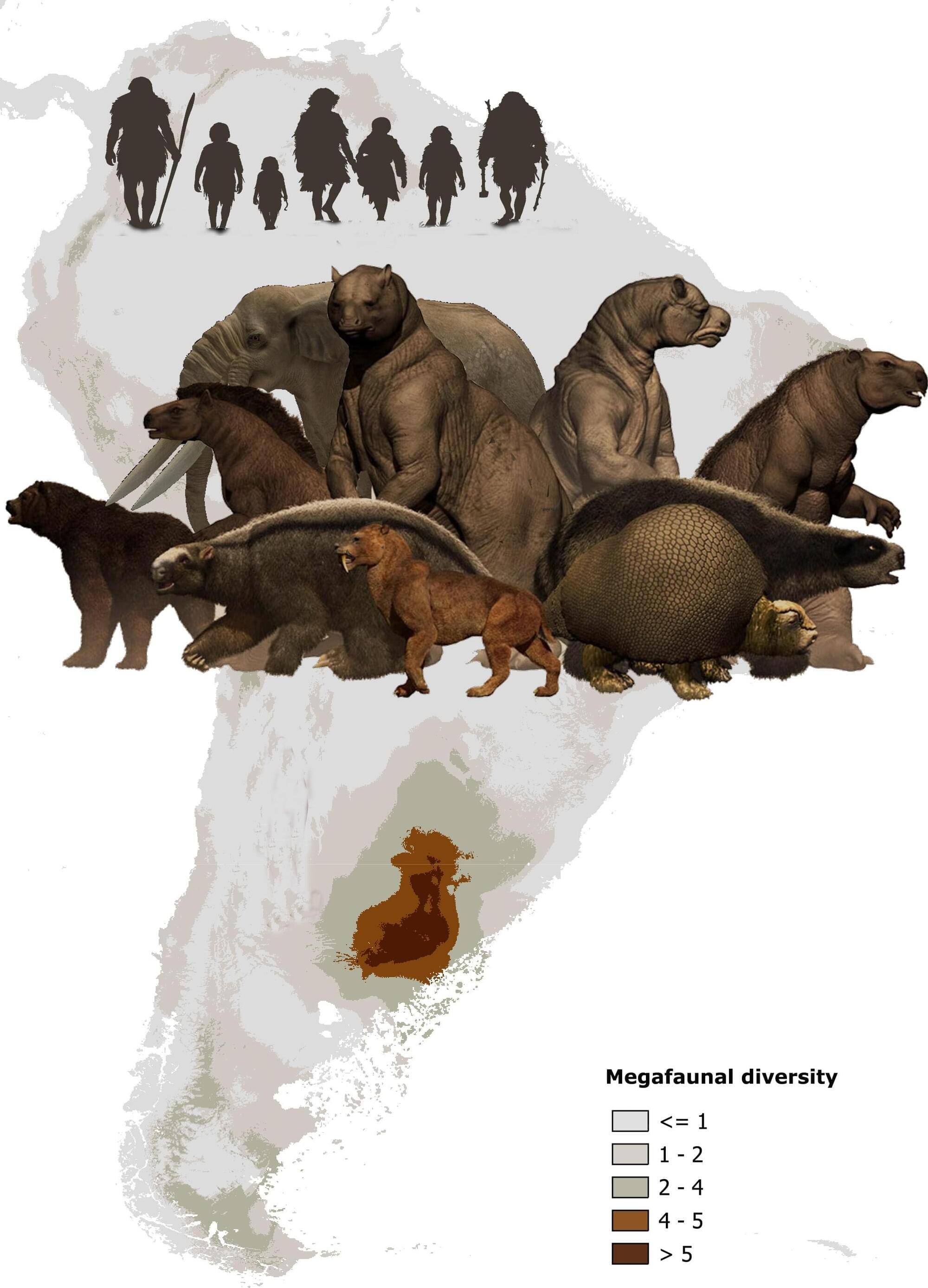What did early humans like to eat? The answer, according to a team of archaeologists in Argentina, is extinct megafauna, such as giant sloths and giant armadillos. In a study published in the journal Science Advances, researchers demonstrate that these enormous animals were a staple food source for people in southern South America around 13,000 to 11,600 years ago. Their findings may also rewrite our understanding of how these massive creatures became extinct.
For years, the prevailing theory about the extinction of the last great Ice Age megafauna in South America was that it was primarily due to climate change. Humans were previously believed to have played a minor role in their demise, as they hunted smaller prey, such as guanacos (a relative of the camel) and cervids (deer). However, the abundance of bones of extinct megafauna in sites studied by the team suggests that they were probably the most important food source for these hunter-gatherers.
The archaeologists counted the animal bones at 20 sites in modern-day Argentina, Chile and Uruguay. These were places that had been reliably dated to before 11,600 years ago, when these giants were still roaming around. They compared the remains of megafauna (mammals weighing over 44 kilograms) with those of smaller animals to see which were more abundant. They also closely examined the bones for cut marks and other signs that would indicate humans had butchered them.
